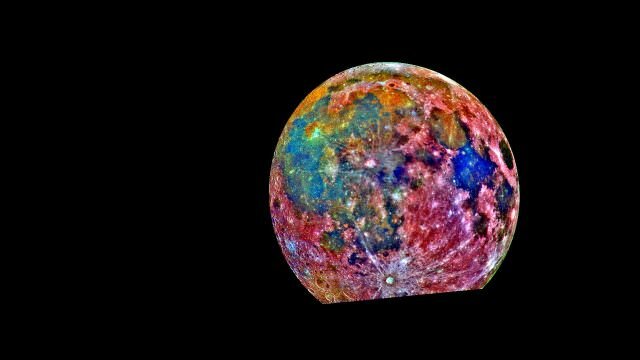Last updated August 21, 2018 at 12:19 pm
In 1946 we got our first view of Earth from space thanks to a German rocket and a 35mm film camera.
The first photograph of Earth taken from space. Credit: White Sands Missile Range/Applied Physics Laboratory
On 24 October 1946 a German World War II V2 rocket lifted off from the White Sands Missile Range in New Mexico, USA. With its explosive warhead removed its mission was not death and destruction, but instead to provide scientists with a wonderous view of Earth that had never been seen before – the first ever photographs of Earth taken from space.
The rocket’s nosecone was filled with scientific instruments and a 35mm motion picture film camera timed to take a photograph every 1.5 seconds. The photographs were developed from film dropped back to Earth inside a steel canister which survived slamming into the Earth at around 500 feet-per-second.
Taken at an altitude of around 105km above Earth’s surface, the photo was by far the highest altitude photograph ever taken – the previous highest just 22km aboard the Explorer II high-altitude balloon in 1935.
While the earlier images had been high enough to show the curvature of Earth, the photo from the V2 was like nothing seen before, showing the planet set against the black void of space.
Writing for National Geographic in 1950, Clyde Holliday, the engineer who developed the camera at Johns Hopkins University Applied Physics Laboratory (APL), said the image was “how our Earth would look to visitors from another planet coming in on a space ship.” Seeing the potential, he went on to predict that one day “the entire land area of the globe might be mapped in this way.”
Following the war, dozens of captured V2 rockets were fired by the US military at the very genesis of the US space program. From these designs, which had just a year earlier been used against Allied targets, the engineers refined and perfected designs that would lead to the exploration of space. Additionally, numerous scientists and engineers from the Nazi rocket program were recruited to assist the American and Russian space programs.
































































































































































































































































